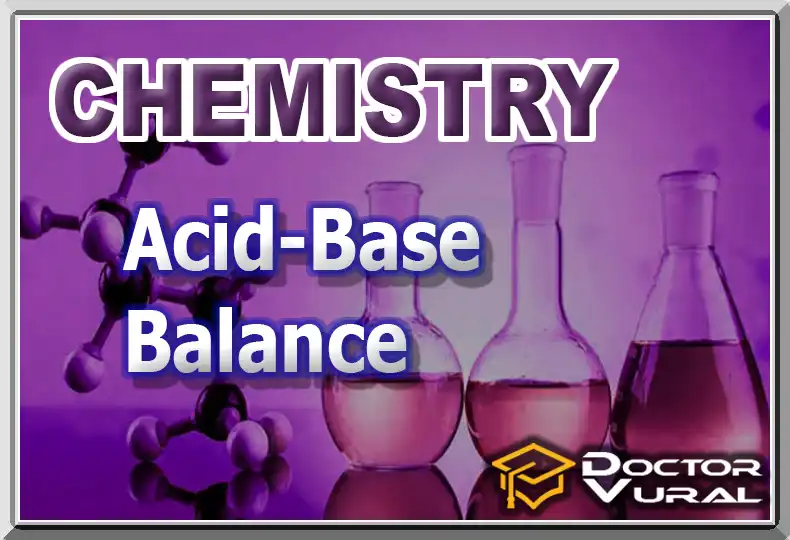Acid-Base Equilibrium
Learning Time: 5-15 hours
Content: Acid-base equilibrium is a subject that examines the interactions and equilibrium states of acids and bases in solutions. This area covers the definition of acid-base (Arrhenius, Bronsted-Lowry, Lewis), ionization constants (K_a, K_b), pH and pOH calculations, buffer systems, titration curves, and applications to biological equilibrium. The TYT focuses on pH and neutralization, while the AYT focuses on buffers and complex equilibria. The current 2025 curriculum also highlights environmental acidification and medical applications. Learning this topic is fundamental to understanding the stability of chemical and biological systems.
- Acid-Base Theories:
- Arrhenius Definition (H⁺, OH⁻ Producers)
- Bronsted-Lowry (Proton Donor-Acceptor)
- Lewis Definition (Electron Pair Donor-Acceptor)
- Ionization Constants and Constants:
- Ionization Constant (K_a, K_b)
- pK_a and pK_b Calculations
- Strong/Weak Acid-Base Discrimination
- pH and pOH Analysis:
- pH Scale (0-14)
- pH = -log[H⁺], pOH = -log[OH⁻]
- Indicators and Color Change
- Buffer Systems:
- Buffer Solution Definition
- Henderson-Hasselbalch Equation (pH = pK_a + log([A⁻]/[HA]))
- Biological Buffers (Blood pH, 7.35-7.45)
- Titration and Curves:
- Acid-Base Titration
- Equivalent Point and End Point
- Weak Acid-Weak Base Titration
- Applications:
- Environmental Acidification (Neutralization of Acid Rain)
- Medical pH Regulations
- Food Industry (Fermentation Control)
- Affecting Factors:
- Concentration and Dilution
- Temperature Effect
- Solvent Properties
- Modern Developments:
- pH Sensor Technologies
- Biochemical Buffer Designs
- Environmental Acid-Base Analysis
Course Features
- Lectures 0
- Quizzes 0
- Duration 5 hours
- Skill level Expert
- Language English
- Students 15
- Assessments Yes







